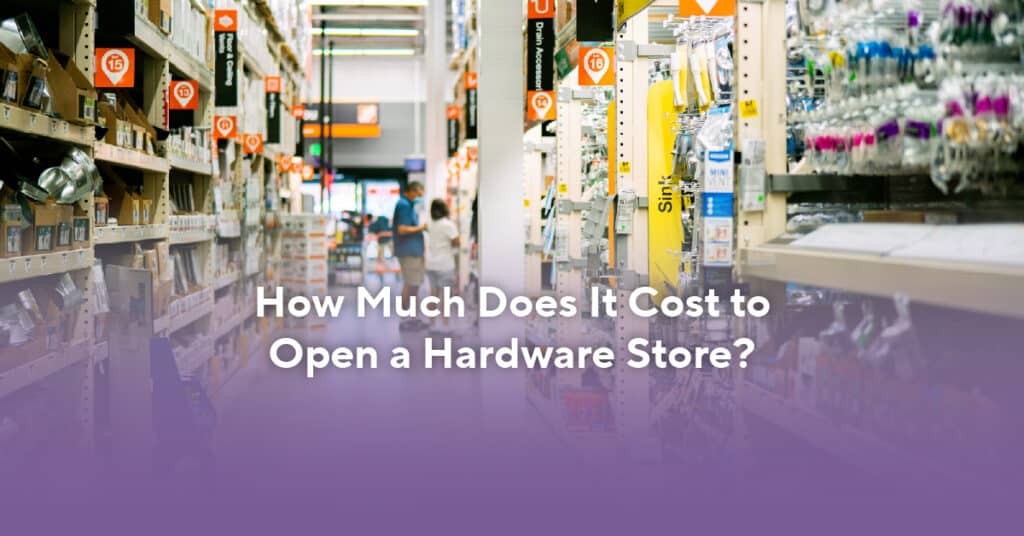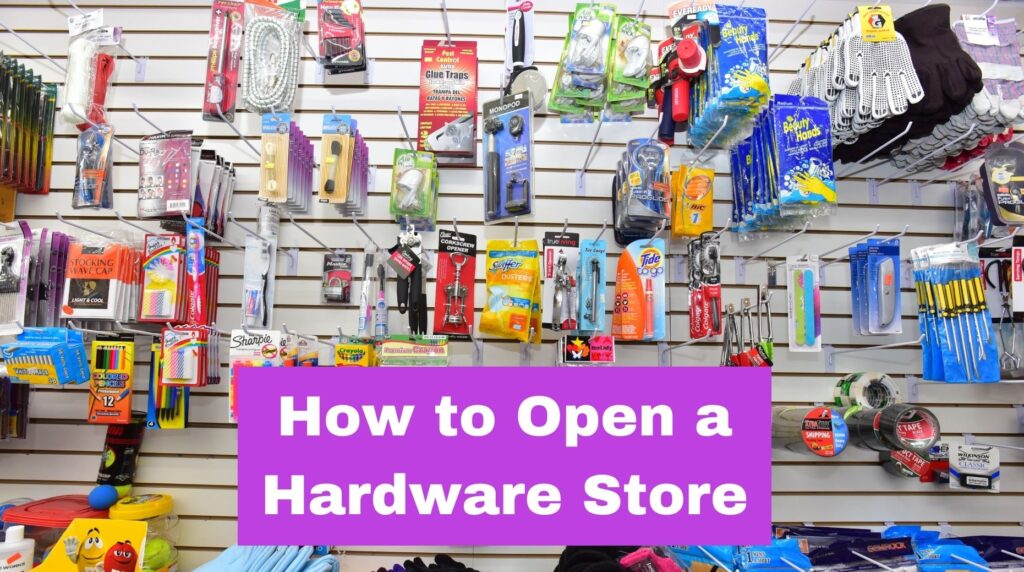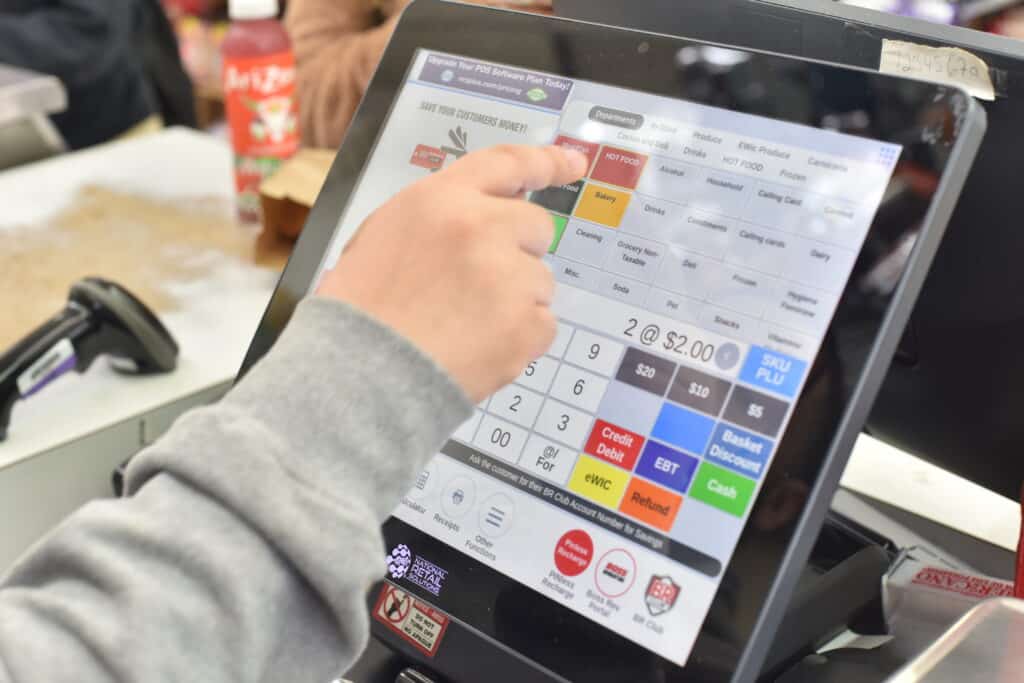No matter where you live or work, there’s a good chance you have a convenience store somewhere nearby. For many people, they need only to walk down to the corner to take advantage of all their local c-store has to offer. When you’re on a road trip, c-stores dot the highway, providing the perfect pit stop for travelers who need to refill their gas tanks and buy something to eat or drink.
If you own or operate a convenience store, then you’ve probably noted the rapid growth of c-stores over the past several years. This growth means more opportunity for entrepreneurs but also means fiercer competition for existing businesses. Now that we’re into 2019, let’s take a moment to review how the industry grew over the last year and what sorts of challenges and trends will shape the industry this year and in the future. Then, we’ll take a moment to look at how c-stores can overcome these challenges and continue to succeed.
2018: Another Year of Marked Growth
Since the first U.S. convenience store opened in Texas in 1927, Americans and other consumers all over the world have discovered the value of c-stores. No matter how much the world changes, people need a place where they can buy staple products and even food without having to make multiple stops or take the time and energy to walk around a huge big box store.
The convenience store industry is not just surviving — it’s thriving. The main piece of convenience store news from 2018 is that there are now well over 150,000 convenience stores in the U.S. — more than ever before. In an era where consumers highly prioritize convenience, c-stores are there to deliver it. Convenience stores account for over a third of all outlets in the U.S.
The trend of growth in the convenience store industry has continued steadily for many years. In 2018, a record total of 57,301 c-store businesses generated $29 billion in revenue. Individual states have noted convenience store growth, as well. For example, New Jersey, one of the smallest states in the U.S., is now home to 3,229 convenience stores. That’s a 20 percent increase from the number of c-stores in the Garden State just 10 years ago.
Halfway through 2018, c-store sales were up from the previous year, and a record 86 percent of convenience retailers surveyed by National Association of Convenience Stores (NACS) said they were optimistic about their business prospects going into the third quarter. The year continued to deliver positive results for c-stores, and many are looking forward to continued growth and new opportunities in 2019.
Reasons for Growth

Even in an age where big box stores seem to dominate, convenience stores continue to compete because they offer some unique advantages that big box stores simply can’t replicate.
It’s no secret that people today greatly value convenience, and this is what convenience stores are designed to deliver — the name says it all. In one relatively small, easy-to-navigate store, probably close by your home or workplace, you can quickly check off your shopping list for household items, grab a cup of coffee or a sandwich, purchase your favorite lottery tickets and, in many c-stores, refill the gas tank on your car. With such diverse offerings in one convenient location, it’s no wonder that c-stores continue to draw customers.
It’s easy to see why convenience stores are popular, but why do they continue to pop up in more and more locations across the country? After all, c-stores have always offered consumers a uniquely convenient shopping experience.
The steady growth of c-stores in recent years may be due in part to a rise in the average American’s disposable income. Disposable income in the U.S. hit an all-time high toward the end of 2018. Generally speaking, the more disposable income people have, the more they are willing to pay a bit extra for products at their local convenience store as opposed to a big box store down the street.
The growth can also be attributed to the way many convenience stores have adapted to an ever-evolving market. This industry has certainly experienced some changes, some of which may present challenges to c-store owners. But successful convenience stores are turning these challenges into opportunities and are continuing to succeed and even multiply their locations.
New Challenges in the Industry
So, what are these new challenges facing the industry today? The good news is that there aren’t necessarily problems taking a toll on the industry. However, there are new trends that may present obstacles to c-stores that fail to adapt. Let’s take a look at four major convenience store trends to be aware of in 2019.

1. Larger Chains Acquiring More Stores
The largest convenience retailers, particularly 7-Eleven Inc. and Canada’s Alimentation Couche-Tard Inc. which operates Circle-K stores in the U.S., have only gotten bigger this past year, acquiring hundreds of stores that were previously owned by smaller companies. As these major chains have grown in greater proportion compared to independently-owned stores and smaller chains, there are now 5 percent fewer independent companies in the market compared to 2017.
This trend may worry independent store owners, but the reality is that one-store operations still account for more than six out of every 10 convenience stores. With the right strategy, any independent convenience store can compete against bigger chain stores.
2. Ecommerce Creating New Checkout Expectations
Another major challenge facing c-stores today is that ecommerce has had a profound impact on the retail industry as a whole. Consumers have always appreciated an efficient shopping experience, but they are now more likely to compare their checkout experience at a store to their checkout experience online — one that doesn’t include lines and allows them to pay with new methods like mobile wallet apps.
As we’ll see, c-stores can embrace these new expectations and meet them through the use of modernized checkout technology and a continued commitment to efficiency. Finding ways to speed up checkout time will help you capitalize on the need for fast, convenient service that keeps people coming into your store.
3. A Decline in Smoking Limiting Tobacco Sales
Health trends are also creating some new challenges for c-stores. Cigarette sales have historically accounted for more than one-third of sales in the convenience store industry. As the number of smokers in the U.S. has steadily declined, however, c-stores can no longer depend on tobacco sales as they could in years past.
This trend is good for the overall health of Americans, but it nevertheless cuts into a mainstay of convenience store sales. While tobacco products aren’t going away any time soon and will continue to make up a substantial portion of many c-stores’ sales, stores should make sure they’re offering other products that bring people in and don’t rely too heavily on revenue from tobacco product sales.
4. Health-Consciousness Changing the Demand for Foods and Beverages
Another trend affecting c-stores is that people are becoming increasingly health-conscious. While many people will still be happy to purchase a large soda and a hot dog when they stop in your c-store, an increasing number of consumers may look for drinks and snacks that are lower in sugar, carbs, fat or calories or made with fresher ingredients.
Many c-stores have noticed this first-hand, and the numbers confirm it. Looking specifically at soft drinks as an example, while the soda industry is certainly alive and well, the majority of Americans today say they are actively avoiding drinking soda regularly.
This trend toward health-consciousness is possibly why 2018 saw a decline in the growth of in-store foodservice sales. Because of this trend, c-stores are overwhelmingly saying they’re focusing on expanding their offerings of fresh and healthy items, such as low-calorie teas, health bars, fresh produce, pre-prepared salads and nuts. When people want to refuel their car and themselves, they’ll be happy to see some guilt-free choices that will give them the healthy energy they need.
Keeping up With Trends in 2019 and Beyond

There is no doubt that the face of the convenience store industry is evolving, along with the rest of the retail world. As culture and the industry changes, new challenges will always be on the horizon, but convenience store owners can meet these challenges head-on and use them as opportunities to embrace new trends and better serve today’s consumers.
The key to success in an ever-changing marketplace is to adapt continuously and always look for ways to improve. Across the industry, people understand that convenience stores will continue to grow and thrive only if they embrace change.
So, what sort of changes need to take place? They can be boiled down into three primary areas. First, convenience stores in 2019 must focus more on encouraging customer loyalty. Second, they must look for ways to tailor their product offerings to match current trends in what their customers want. Finally, they must embrace the latest technology to make their operations more organized and checkouts more convenient. Let’s take a closer look at all three of these areas.
1. Encourage Customer Loyalty
To successfully compete with other stores, c-stores need to focus not just on acquiring but also on keeping their customers. Customer loyalty programs are an excellent way to encourage consumers to shop more, or even exclusively, at your store rather than other stores in town.
According to a 2018 C-Store Shopper Profile report, 73 percent of shoppers who are a loyalty member at a particular c-store business will shop there more frequently or even exclusively. Loyalty shoppers won’t just frequent your business more. They may also spend more when they come in. Two out of every five loyalty shoppers spend over $10 when they come in.
To successfully implement a loyalty program, the program should be automated so cashiers don’t have to punch cards or figure out complicated rewards systems. When people can simply scan a card or log into an account and track their rewards, they’ll be more likely to take advantage of the loyalty program.
2. Tailor Your Product Offerings
Some products, like gum, beef jerky and bottled water, are staples of most convenience stores that don’t need to go anywhere in 2019. However, with the average convenience store carrying thousands of products, there is plenty of room to critically consider whether some products should be eliminated and others added. As we’ve seen, adding healthier and fresher food and beverage options is one smart strategy for c-stores this year.
In addition to stocking nutritious options, c-stores who want to effectively tailor their product offerings to consumers in their neighborhood should take advantage of inventory tracking analytics. This software can make it much easier to accurately track the inventory your store currently has in stock and what needs to be reordered. It can also show you which products aren’t selling well and which ones are selling like hotcakes, so you can determine how to optimize your product offerings.
3. Embrace New Technology
Inventory tracking software is just one example of the type of technology c-stores should consider embracing this year. The best way to take advantage of current technology and deliver a modernized checkout experience to customers is by investing in a point of sale (POS) system. These systems are a major improvement on old manual cash registers.
Modern POS systems are intuitive to use for both employees and customers. A smoother checkout experience meets customers’ needs for speed and convenience. Some POS systems can also support new methods of payment, including mobile wallet apps. Shoppers who frequently bemoan shopping in stores rather than online won’t shy away from your store when they know they can quickly and easily checkout at your store, gain loyalty rewards and pay with their method of choice, all in a way that takes advantage of current technology.
Make 2019 a Successful Year With the POS+

The convenience store industry has enjoyed great successes in recent years. The industry can continue to grow and succeed this year and in future years, as long as retailers stay on top of trends and deliver a shopping experience that meets consumers’ evolving needs.
A modern POS system can give you a huge advantage when it comes to tracking your sales, managing your inventory and checking out customers. The POS+ from National Retail Solutions (NRS) is an all-in-one system that integrates high-quality hardware and cutting-edge software. NRS is committed to keeping our software current, so we will automatically update your system periodically.
One thing that sets our POS system apart is that it’s compatible with our nationwide customer rewards program, BR Club. This system makes it easy to encourage loyalty among your customers so they continue to frequent your store.
When you partner with NRS, you can expect an unmatched level of support and service. We are especially focused on helping small businesses successfully compete with larger stores and chains. If you’re interested in making 2019 the year you embrace new technology, learn more about the POS+ all-in-one system from NRS. No matter what challenges come your way, your c-store can take on the future with confidence. Contact us today for a free quote.








